Microstructural Modifications in U-10Zr Irradiated by High-Energy Xe Ions
Principal Investigator
- Name:
- Yinbin Miao
- Email:
- [email protected]
- Phone:
- (208) 526-6918
Team Members:
| Name: | Institution: | Expertise: | Status: |
|---|---|---|---|
| Sumit Bhattacharya | Argonne National Laboratory | TEM, FIB | Post Doc |
Experiment Details:
- Experiment Title:
- Microstructural Modifications in U-10Zr Irradiated by High-Energy Xe Ions)
- Work Description:
- This proposed project aims to investigate the Xe bubble morphology in Xe implanted U-10Zr samples. The U-10Zr samples were irradiated by 84 MeV Xe ions to 1.60E17 ions per square centimeter, which provides a peak Xe concentration equivalent to 10%FIMA burnup according to the SRIM simulation. The dose rate is 9.2E11 ions per square centimeter per second. Five irradiation temperatures, 600C, 650C, 675C, 700C, and 750C, were selected to cover all phase domains of U-10Zr under fast reactor conditions. Transmission electron microscopy (TEM) will be used to investigate the microstructure modifications induced by Xe implantation and their contribution to the stress field. Focused ion beam (FIB) will be used to prepareTEM thin foil specimens. TEM electron diffraction will be used to identify phases (d+a, a+?2, ß+?2, ?1+?2, ?, or precipitation, if any) that form during the heating and irradiation. TEM diffraction contrast images will be used to characterize the evolution of dislocation/dislocation loops and recrystallization phenomenon. More importantly, scanning transmission electron microscopy (STEM) Z-contrast images will be used to quantitatively analyze the Xe bubble morphology.
Project Summary
Gaseous fission products such as Xe and Kr form bubbles within nuclear fuel materials during operation. The fission gas bubbles compromise the fuel performance by causing gaseous swelling, degrading thermal conductivity, and eventually initiating fission gas release. Fission gas behavior is therefore an important factor determining fuel performance. Fission gas bubbles form within grains (intragranular) as well as on grain boundaries (intergranular). The evolution mechanisms and influence on bulk properties differs between intragranular and intergranular bubbles. Thus, quantitative information such as the size distribution and number density of both types of bubbles is crucial to predicting the degradation of bulk fuel properties by these microstructural modifications. In advanced fast reactor concepts, higher burnup needs to be achieved in comparison to light water reactors (LWRs). Thus, a different strategy of fission gas management is suggested. Thus, instead of prevention of fission gas release in LWR fuels, fission gas release in fast reactor fuels needs to be facilitated to relieve fuel-cladding interaction due to fuel swelling. Moreover, from 600C to 750C, which falls into the range of fuel operating temperatures in faster reactors, U-10Zr has five different phase domains. As a results, fission gas behaviors in all those U-Zr phases must be studied. Therefore, the investigations on the fission gas behavior are much more complex than conventional UO2 fuels. Although a series of in-pile irradiation experiments have been performed for U-10Zr and similar class of metallic fuels, the detailed microstructure information of fission gas bubble morphology in various U-Zr phases have not been unveiled due to the high financial cost and significant technical difficulties coupled with the post-irradiation examinations (PIEs) of in-pile irradiated fuel materials. Fortunately, ion irradiation can work as an inexpensive complementary method to in-pile irradiation to study radiation effects in materials. In particular, for nuclear fuel materials, when high-energy (~100 MeV level) fission product ions are used, the actual energetic fission fragments (which cause the majority of the radiation-induced microstructural modifications in real nuclear fuels) can be replicated using a powerful accelerator. Hence, this proposed project aims to take advantage of the efficiency and economy of high-energy ion irradiation to produce valuable experimental references (focus on detailed microstructure information of bubbles in different phases) for the ongoing development of advanced fuel performance models to evaluate U-10Zr and similar class of metallic fuels in advanced fast reactors. Along with the Thus, along with the abundant experimental data available from previous in-pile irradiation experiments (macroscopic swelling strain measurement, phase division observation, Zr redistribution, etc.), the advance fuel performance codes for U-10Zr can be optimized and validated.
Accordingly, five U-10Zr samples irradiated by 84 MeV Xe ions to 1.60×1017 ions/cm-2 at 600°C, 650°C, 675°C, 700°C, and 750°C, respectively, will be investigated along with an as-received (control) sample. The irradiation temperatures cover the all five phase domains of U-10Zr, whereas the irradiation dose provides a peak Xe concentration equivalent to 10%FIMA. A TEM lamellae will be prepared from each sample using FIB. The TEM lamellae will be investigated to establish the morphology, size distribution, and number density of Xe bubbles in different U-Zr phase (correlated with different irradiation temperature). The results of this proposed project will help facilitate modeling efforts supported by the NEAMS-FPL program by providing quantitative microstructural information of fission gas bubbles for model optimization, parameterization, and validation.
As the majority of the FIB preparation will be done at Argonne at no cost at NSUF, only final FIB thinning and cleaning will be conducted at MaCS in CAES. FIB sample preparation will take two (2) days; TEM examination will take four (8) days, 1 day for each TEM sample (5 irradiated samples + 1 control sample) and 2 extra day for looking into details for two samples that are most interesting. The total time required is within the RTE proposal limitation.
Accordingly, five U-10Zr samples irradiated by 84 MeV Xe ions to 1.60×1017 ions/cm-2 at 600°C, 650°C, 675°C, 700°C, and 750°C, respectively, will be investigated along with an as-received (control) sample. The irradiation temperatures cover the all five phase domains of U-10Zr, whereas the irradiation dose provides a peak Xe concentration equivalent to 10%FIMA. A TEM lamellae will be prepared from each sample using FIB. The TEM lamellae will be investigated to establish the morphology, size distribution, and number density of Xe bubbles in different U-Zr phase (correlated with different irradiation temperature). The results of this proposed project will help facilitate modeling efforts supported by the NEAMS-FPL program by providing quantitative microstructural information of fission gas bubbles for model optimization, parameterization, and validation.
As the majority of the FIB preparation will be done at Argonne at no cost at NSUF, only final FIB thinning and cleaning will be conducted at MaCS in CAES. FIB sample preparation will take two (2) days; TEM examination will take four (8) days, 1 day for each TEM sample (5 irradiated samples + 1 control sample) and 2 extra day for looking into details for two samples that are most interesting. The total time required is within the RTE proposal limitation.
Relevance
Nuclear energy is an indispensable component of reliable and sustainable world energy portfolio. Featuring a series of advantages such as achievement of ultra-high burnup, fuel breeding, and transmutation of actinides, advanced fast reactor is attractive to the nuclear power community to help advance nuclear energy by enhancing its efficiency and reducing its waste formation. As a promising fuel material for advanced fast reactors, the fuel performance of U-10Zr must be comprehensively understood and accurately predicted by advanced fuel performance codes for evaluation, qualification and licensing purposes. Thus, it is of great relevance to investigate and model the fission gas behavior of U-10Zr, which is an important component of fuel performance, under fast reactor conditions. Unfortunately, the radiation-induced microstructural modifications in U-10Zr under fast reactor conditions are more complex than conventional nuclear fuels such as UO2. To be specific, U-10Zr has five phase domains from 600ºC to 750ºC, which falls into the typical operating fuel temperature range in fast reactors. Due to the dissimilar material properties of various phases, the fission gas behavior of different phases (or at different temperatures) differs dramatically. Hence, experimental references of fission gas behavior in all those phases are essential for the development of advanced fuel performance codes that are capable predicting fuel behavior of U-10Zr accurately and reliably. Despite a number of in-pile irradiation experiments have been performed for U-10Zr and similar metallic fuels, the high cost and technical challenges coupled with neutron-irradiated materials (especially fuel materials with high burnup) limited the utilization of advanced microstructure characterization techniques and thus the investigations on detailed microstructures induced by irradiation in various U-Zr phases. Meanwhile, it is economical and efficient to utilize heavy-ion irradiation experiments as a complementary method to investigate radiation-induced microstructural modifications in U-10Zr. In this proposed study, the high-energy heavy ion irradiation was used to simulate the energetic fission fragments to replicate the radiation-induced microstructural modifications (Xe bubbles in particular) in actual in-pile irradiated U-10Zr fuels. The TEM-based post-irradiation examinations (PIEs) of those ion-irradiated fuels will produce quantitative information on the evolution kinetics and morphology of fission gas bubbles in all possible U-Zr phases under fast reactor conditions. The results will provide direct experimental references with precisely controlled conditions, which will be valuable for the optimization and validation of fission gas models in advanced fuel performance codes for metallic fast reactor fuels, such as MOOSE-BISON-MARMOT, and therefore help advance the development of advanced fast reactor technology.
Please wait
About Us
The Nuclear Science User Facilities (NSUF) is the U.S. Department of Energy Office of Nuclear Energy's only designated nuclear energy user facility. Through peer-reviewed proposal processes, the NSUF provides researchers access to neutron, ion, and gamma irradiations, post-irradiation examination and beamline capabilities at Idaho National Laboratory and a diverse mix of university, national laboratory and industry partner institutions.
Privacy and Accessibility · Vulnerability Disclosure Program

